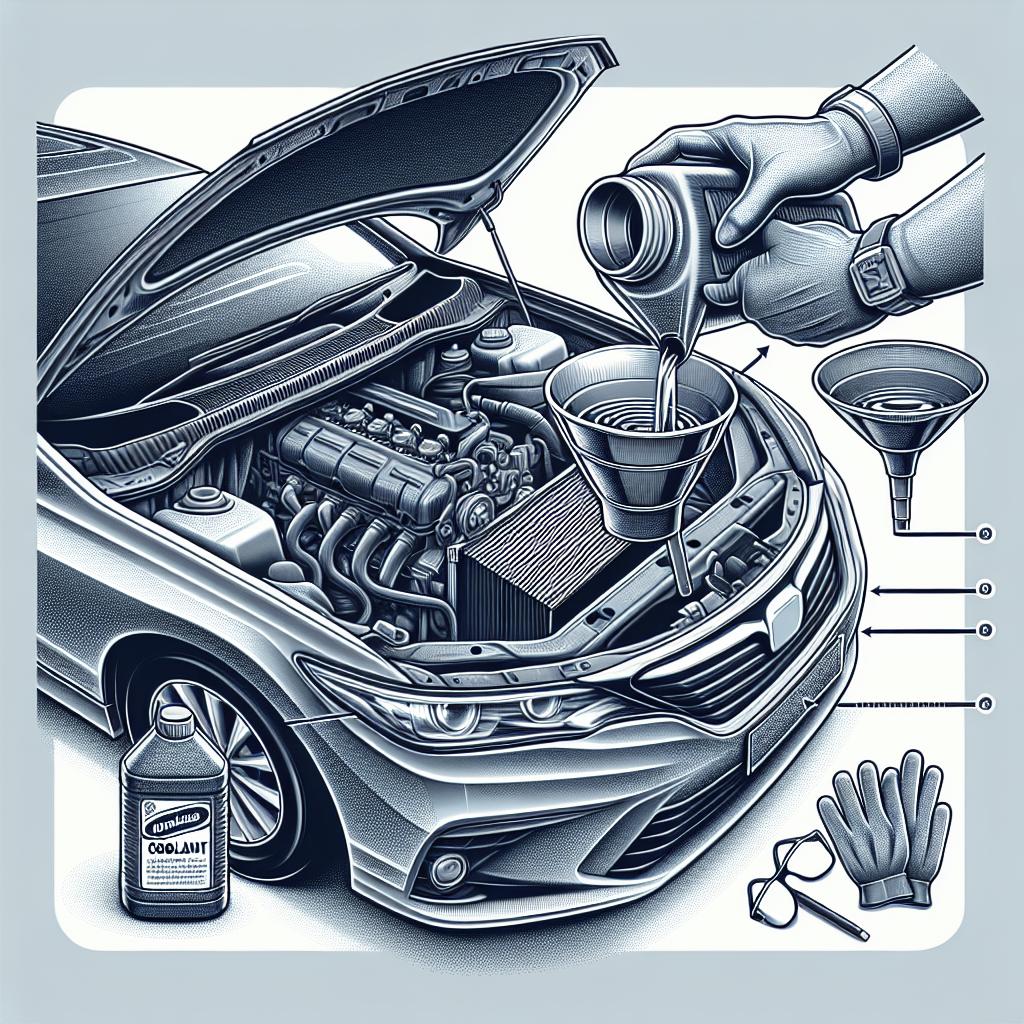“`html
How to Perform a Car Battery Test
Maintaining a healthy and functional car battery is essential for ensuring smooth vehicle operations. A malfunctioning battery can leave you stranded and cause various electrical issues in your car. This guide comprehensively covers essential steps like checking voltage levels, using a multimeter for diagnostics, and identifying alternator problems. You’ll also learn to perform a load test, check for corrosion, and use technological aids like virtual battery testers. Additionally, we’ll direct you to professional services like Firestone Complete Auto Care for further assistance. Whether you’re a seasoned car enthusiast or a novice, understanding these procedures can be lifesaving and improve your car’s reliability.
How Many Volts Should a Car Battery Have?
A fully charged car battery should typically have a voltage reading of about 12.6 volts when the engine is off. This measurement indicates that the battery is holding a full charge and is ready for use. If your reading is below 12.4 volts, your battery may not have enough start power and might need recharging or replacing.
When the engine is running, the voltage should typically display between 13.7 to 14.7 volts. This range shows that the alternator is effectively charging the battery, ensuring it doesn’t drain. Regular checks of these voltage readings can prevent unexpected breakdowns by alerting you to potential battery issues.
How to Check a Car Battery with a Multimeter
To check your car battery with a multimeter, start by setting the multimeter to DC voltage. Connect the multimeter’s black lead to the battery’s negative terminal and the red lead to the positive terminal. Observe the reading on the multimeter.
If the multimeter shows a reading of 12.6 volts or higher, your battery is in good condition. A reading between 12.4 volts and 12.6 volts indicates a partially charged battery, whereas anything below 12.4 volts suggests that the battery may require charging or replacing.
How to Check Your Alternator with a Multimeter
The alternator charges your car battery and keeps the electrical system running while the engine is on. To check its functionality with a multimeter, keep the multimeter set to DC voltage and connect as previously mentioned.
Start your car and keep an eye on the voltage reading. If it reads between 13.7 and 14.7 volts, your alternator is functioning correctly. Readings outside this range could indicate that your alternator is not providing adequate charge, which might require professional attention.
1. Perform a Load Test
A load test helps determine if the battery can handle the demands of your car’s electrical system. To perform this test, use a battery load tester. Connect the tester to your battery and simulate the load similar to starting the car. The reading should ideally not drop below 9.6 volts for a 12-volt battery.
If the voltage falls significantly below this threshold, it suggests that the battery capacity may be diminishing, and it might be time to consider a replacement. This test provides a comprehensive view of your battery’s capability to handle extensive electrical loads.
2. Check for Corrosion
Corrosion on battery terminals can impede conductivity, affecting battery performance. Visually inspect the terminals and cables for any white, ashy substance, which indicates corrosion.
To clean corroded terminals, disconnect the battery, starting with the negative cable. Use a mixture of baking soda and water, applying it with an old toothbrush to scrub the corrosion away. Ensure all components are dry before reconnecting the terminals to avoid any electrical hazards.
3. Listen for Clicks
Clicks or whining noises when starting your car can be a tell-tale sign of battery problems. Such sounds often indicate that the starter motor is not receiving enough power from the battery to turn over the engine.
If you hear these sounds, perform a battery test as mentioned above, and if needed, consult a professional mechanic. Ignoring these sounds can lead to more severe electrical issues over time.
4. Use the Virtual Battery Tester
Technology has evolved to assist with battery diagnostics through virtual battery testers. These tools can connect to your car’s diagnostic port and provide detailed insights regarding your battery’s health remotely, often through a smartphone app.
These testers offer real-time data readouts, battery charge levels, and estimates on battery life expectancy. While not a substitute for hands-on mechanical testing, they provide a convenient option for regular battery monitoring.
Visit Firestone Complete Auto Care
If performing these tests feels daunting, or if you find unresolved issues after testing, visiting a professional service like Firestone Complete Auto Care is a wise choice. They offer comprehensive battery testing services and solutions to keep your car’s battery running optimally.
Firestone Complete Auto Care professionals not only assist with battery-related issues but also help identify other underlying mechanical problems that might affect your vehicle’s performance, ensuring a holistic maintenance approach.
Final Thoughts
Regular battery maintenance and testing are crucial in sustaining vehicle reliability and preventing inconvenient breakdowns. Understanding these testing methods equips you with the knowledge to address potential battery issues proactively. However, seeking professional help ensures thorough diagnostics and solutions, especially when dealing with complex electrical systems.
| Test/Inspection | Purpose |
|---|---|
| Voltage Check | Identifies battery charge status. |
| Load Test | Measures battery’s ability to handle electrical demands. |
| Corrosion Inspection | Ensures terminals are free from conductivity obstacles. |
| Noise Diagnosis (Clicks) | Indicates potential power supply issues to the starter. |
| Virtual Battery Testing | Provides convenient real-time battery health insights. |
| Professional Evaluation | Offers comprehensive diagnostic and maintenance services. |
“`


